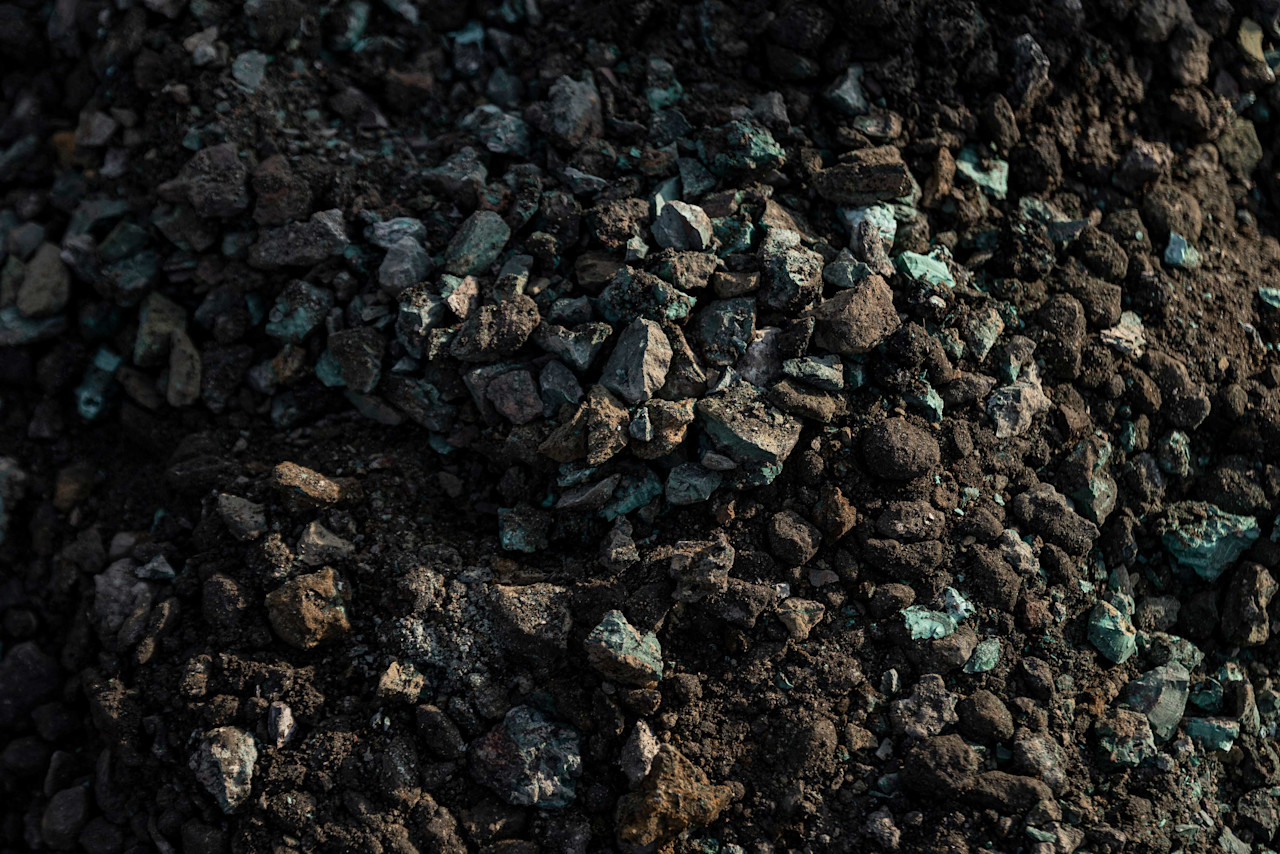The best-in-class approach for sustainable investing means finding the companies that are leaders in their sector in terms of meeting environmental, social and governance (ESG) criteria.
It is commonly used in positive screening as a means of finding those companies with superior pre-defined ESG characteristics, regardless of their industry. Both positive and negative screening are always done in peer comparison; best-in-class is by definition the leaders of a peer group according to the desired ESG metrics.
An investor who follows the best-in-class principle does not necessarily exclude more controversial sectors or industries such as thermal coal or alcohol. Instead, they invest in the companies that make the most effort to meet the ESG criteria that are relevant for their respective industries.
The most sustainable companies in a sector – also referred to as best practice – are often used as a benchmark to be equalled or surpassed. The Dow Jones Sustainability Indices follow the best-in-class principle: out of the 2,500 corporations listed in the Dow Jones Global Index, a selection is made every year of the 10% of companies in a given sector that best meet certain ESG criteria. No industries are excluded from this process.

How do companies and countries score on sustainability?
Explore the contributions companies make to the Sustainable Development Goals and how countries rank on ESG criteria.
The best-in-class approach can therefore be used to stimulate competition among companies for inclusion in the indices. To remain in the index, companies have to continually intensify their sustainability initiatives, to the benefit of investors and society as a whole.
See also:
More glossary terms
A sustainable theme, broad diversification, versatile positioning, and differentiated growth make the Circular Economy strategy a must-have for investors seeking healthy returns and a healthy planet.



















